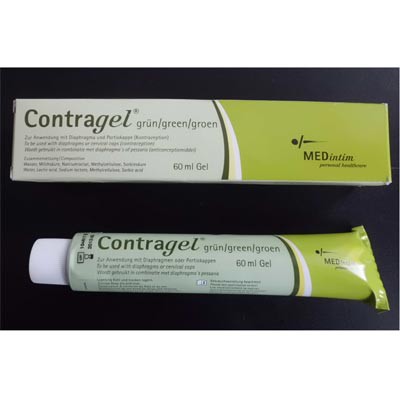Lactic Acid as a Contraceptive
Lactic acid was long used to acidify and preserve foodstuffs (such as sour milk and sauerkraut) and animal feed, and it was available in many households. Prof. Albert Döderlein’s work with lactic-acid bacteria in vaginal secretions (1892) led to the idea of using its ability to block sperm for contraception.
The improbability of this method working was described by the German sexual researcher Magnus Hirschfeld in his 1930 standard work Geschlechtskunde: “It has been suggested to introduce lactic acid into the vagina in solutions or salves before or immediately after coitus for the purpose of restoring the acidic reaction. In most cases this is too early or too late, unless the lactic acid is used in combination with a mechanical form of protection.” (Magnus Hirschfeld, Geschlechtskunde, vol. 2, 1930, pp. 454 – 455)
Lactic acid was used in the form of contraceptive jellies or creams: “A perfect jelly, if to be used by itself, should be spread lightly in all the vagina’s folds, distributed so that it adheres to the vaginal walls, cervical opening and mucous membranes without any blobs. It should have a pleasant smell or none at all and kill sperm cells immediately, and if absorbed should not be toxic. This is the ideal. It can hardly be expected, however, that this is to be found in this imperfect world, like any other ideal.” (Norman E. Himes and Abraham Stone, Praktische Methoden der Geburtenregelung [Practical Birth-Control Methods (1942)], Munich, 1951, pp. 91 – 92)
Jellies or gels that contain lactic acid are currently used for purposes of contraception together with diaphragms or cervical caps made of latex or silicone, because they work well together. However, this says nothing about the method’s reliability.
